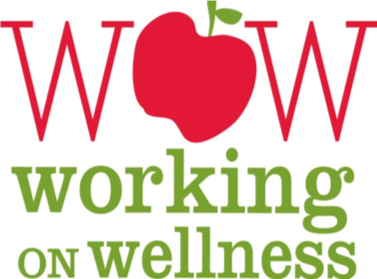NIH R01CA133396-01A1 (Gans PI)
5/7/09 – 2/28/16 (extension)

Innovative approaches to increase F&V intake thru worksites: The Fresh Initiative
Details of the Project:
Eating ample amounts of fruits and vegetables (F&V) is associated with a lower risk of chronic diseases such as many cancers, cardiovascular diseases, and type 2 diabetes. Cost-effective nutrition education approaches to help large and diverse segments of the population to eat more F&V are greatly needed. The worksite is a promising channel for such interventions. The proposed research will study the efficacy of innovative worksite interventions to improve F&V consumption of employees by building upon a successful pilot intervention – the Fresh Initiative. This pilot is a partnership with a private F&V distribution company, Brown University, the RI Department of Health and the Worksite Wellness Council of RI to regularly deliver low-cost, fresh F&V to the worksite. Twenty four worksites will be randomized to one of three experimental groups as discussed below. Employee F&V consumption will be measured at baseline, 6, 12 and 18 months. The primary Specific Aims of this proposed research are to employ a group randomized trial to study the efficacy of: 1 An intervention to deliver fresh F&V at reduced prices for purchase at worksites on increasing employees’ F&V consumption (Access intervention A) compared to a Comparison (C) intervention (A vs. C.); 2. Interventions to change the information and social environments at the worksite (B) combined with the F&V delivery intervention alone (A) on increasing employees’ F&V consumption (Enhanced intervention) compared to a Comparison intervention. (A+B vs. C); 3 The Enhanced intervention on increasing employees’ F&V consumption compared to the Access intervention alone. (A+B vs. A). Secondary aims include: 1. To implement extensive implementation process evaluation to determine costs, reach, fidelity and dose; 2. To use a mediating variable framework to examine relationships among important psychosocial factors/determinants with changes in F&V consumption; 3. To compare changes in employee productivity from baseline to 6, 12, and 18 months by experimental condition; 4. To compare the efficacy of the above interventions 6 months after the active intervention period ends (18 months after baseline); 5. To compare the cost effectiveness of the Comparison, Access and Enhanced interventions related to change in F&V consumption.
Public Health Relevant Statement:
Eating more fruits and vegetables (F&V) is a major national dietary recommendation because it reduces risk for many cancers, cardiovascular diseases and type 2 diabetes. However, many Americans are not eating adequate F&V. The purpose of the proposed research is to conduct a randomized study with 24 worksites to compare the effectiveness of different interventions on improving employees’ F&V consumption.